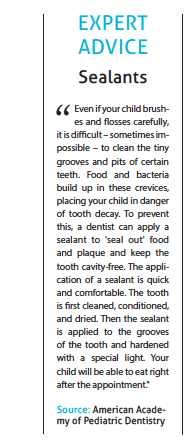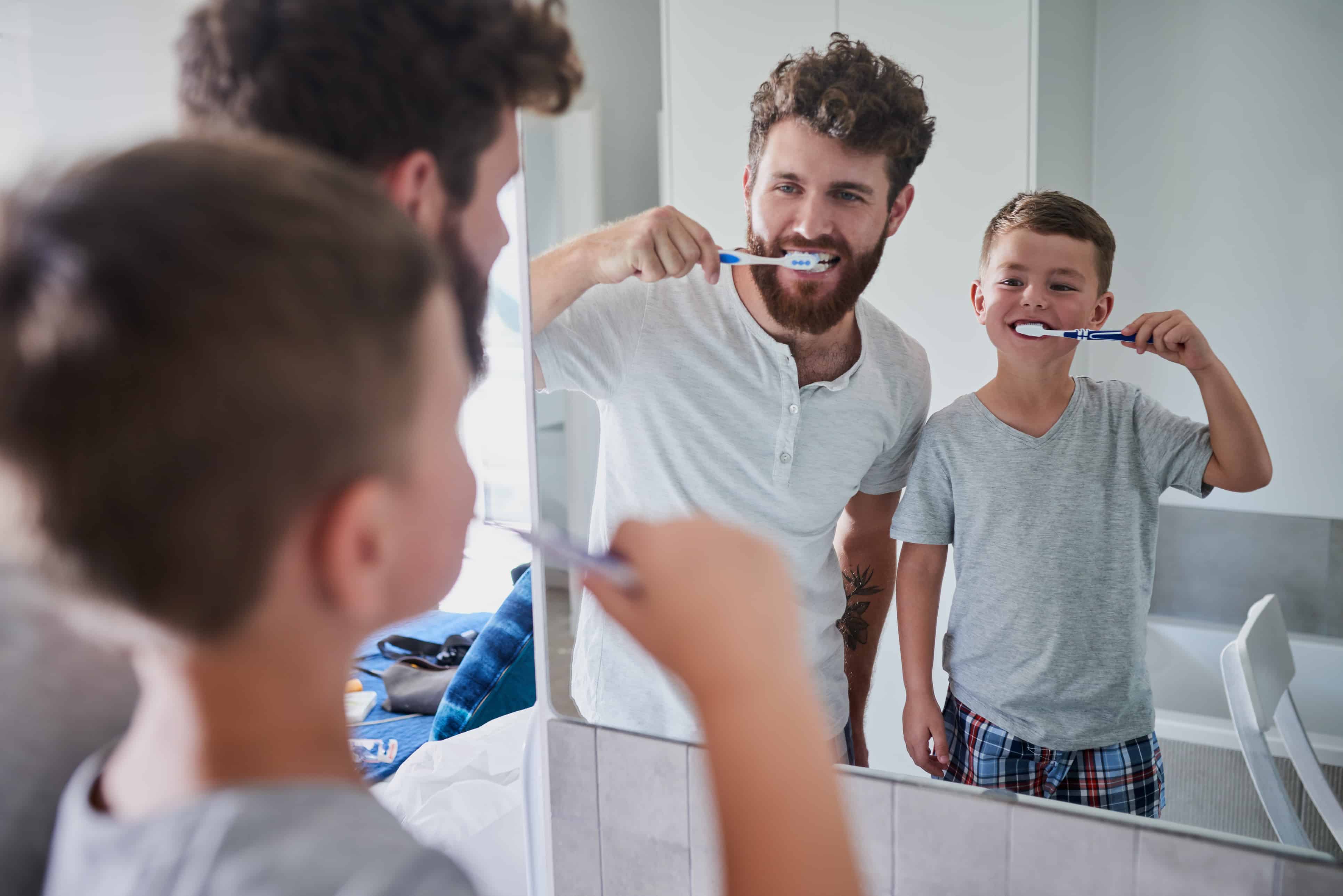When it comes to ensuring the health of your child’s teeth, there’s no better time to start than now.
 When should I first take my child to the dentist? It might be earlier than you think. The American Academy of Pediatric Dentistry recommends you take your child to the dentist when the first tooth appears or no later than his or her first birthday. The idea of such an early visit might be surprising to some parents. However, national studies have shown that preschool-aged children are getting more cavities. More than 1 in 4 children in the United States suffers from tooth decay by the age of 5.
When should I first take my child to the dentist? It might be earlier than you think. The American Academy of Pediatric Dentistry recommends you take your child to the dentist when the first tooth appears or no later than his or her first birthday. The idea of such an early visit might be surprising to some parents. However, national studies have shown that preschool-aged children are getting more cavities. More than 1 in 4 children in the United States suffers from tooth decay by the age of 5.
What is the difference between a pediatric dentist and a regular dentist? Following dental school, a pediatric dentist goes through two to three years of additional training focusing solely on the needs of children. They are specially trained to provide the types of dental treatments children need most and are experts on the issues most commonly affecting infants and children through adolescence, such as:
- educating parents and children about oral health
- advising parents on disease prevention and home hygiene
- monitoring growth and development – this allows them to anticipate dental issues and intervene before they get worse
- providing dental cleanings for young teeth
- applying dental sealants and topical fluoride to young teeth
How often will my child need a check-up?
Most experts recommend a dental check-up every six months as long as there are no major problems. However, your dentist can tell you when and how often your child should visit based on their personal oral health. So don’t forget to schedule your child’s second appointment on the way out the door!
What happens during a check-up?
Your dentist will examine your child’s teeth and gums to look for any problems and make sure your child’s teeth are developing properly as they grow. He or she will also look for any signs of decay and may order X-rays, as these are often the only way to identify tiny cavities in primary (baby) teeth. A dental visit will also include a cleaning and fluoride treatment. Fluoride treatments are important because they add an extra protection to the enamel of your child’s teeth.
See Related Articles







